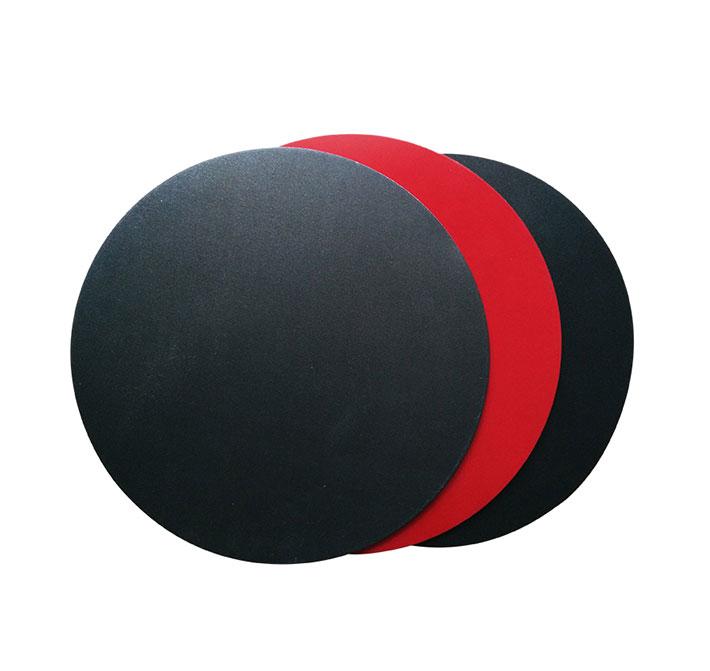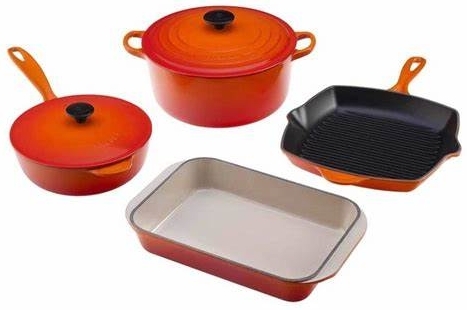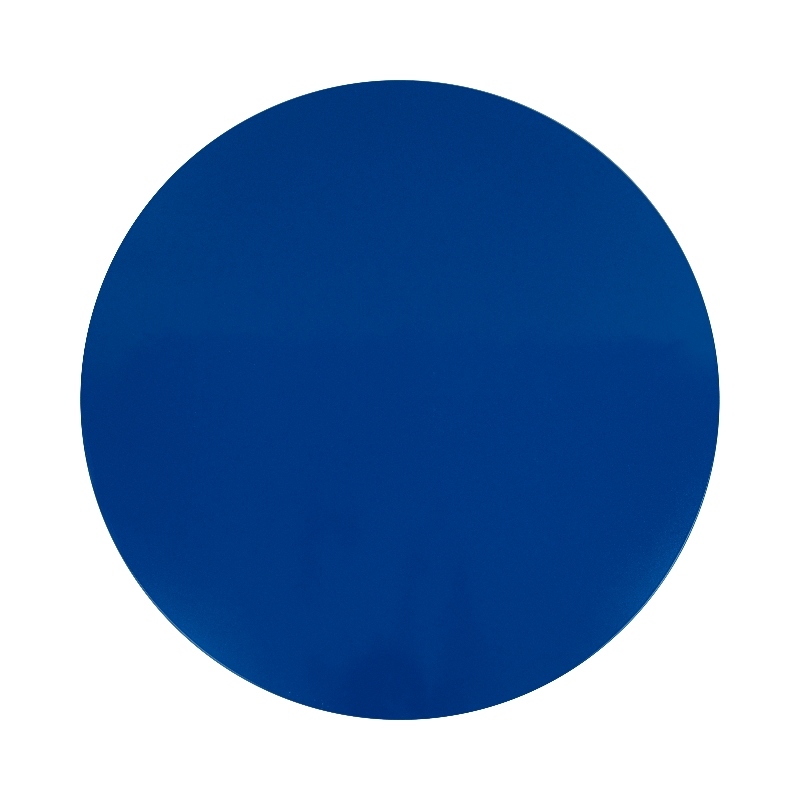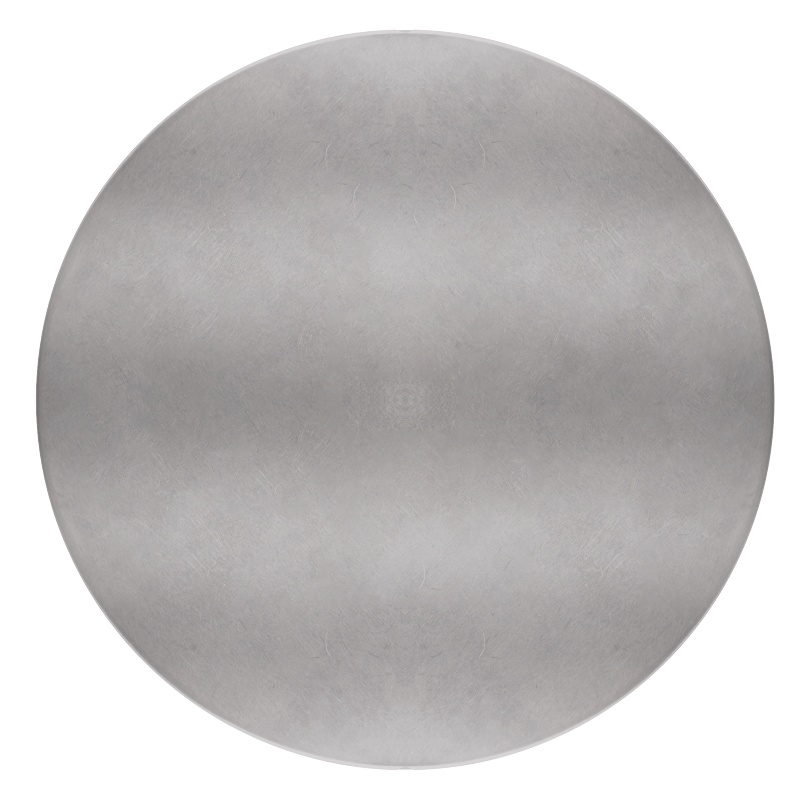Are Non-Stick Coated Aluminium Disks Better than Traditional Cookware?
In the evolving cookware industry, the selection of materials plays a critical role in determining product performance, longevity, and customer satisfaction. Among the most significant innovations in cookware materials are non-stick coated aluminium disks, which have gained considerable attention in recent years. As manufacturers and suppliers of cookware products aim to meet the demands of contemporary consumers, it is important to evaluate whether non-stick aluminium disks offer significant advantages over traditional cookware options.

What are Non-Stick Coated Aluminium Disks?
Non-stick coated aluminium disks are advanced components used in the manufacturing of cookware, characterized by their lightweight yet durable construction. These disks are made from high-quality aluminium, a material known for its exceptional heat conductivity, which allows cookware to heat up quickly and evenly. The aluminium surface is coated with a non-stick layer, typically made from PTFE (polytetrafluoroethylene) or a ceramic-based material, which prevents food from sticking during the cooking process.
The non-stick coating enhances the cooking experience by reducing the need for excessive oils or fats, promoting healthier cooking options. Additionally, the non-stick properties simplify the cleaning process, as food residues are easily wiped away without the need for extensive scrubbing. These aluminium disks are commonly used in a variety of cookware products, including frying pans, griddles, and works, providing an efficient and long-lasting solution for both professional kitchens and home cooking environments.

A Quick View of Traditional Cookware
Traditional cookware encompasses a wide variety of materials, each offering distinct advantages and challenges. The choice of material often impacts cooking performance, durability, maintenance requirements, and overall user experience. Some of the most common materials include cast iron, stainless steel, copper, and ceramic.
Below is a breakdown of each material:
- Cast Iron: Renowned for its excellent heat retention and even cooking, cast iron has long been a favored cookware choice. It excels in slow cooking and searing, thanks to its ability to maintain consistent heat. However, cast iron is heavy and requires regular seasoning to maintain its non-stick surface and prevent rust. Without proper care, it can deteriorate and demand significant maintenance.
- Stainless Steel: Stainless steel is a durable, corrosion-resistant material known for its versatility and modern, sleek appearance. It is non-reactive, making it ideal for cooking acidic foods. However, it doesn’t conduct heat as efficiently as aluminium, which can lead to uneven heating and may require more attention to temperature control. While stainless steel is easier to maintain than cast iron, it still requires some effort, such as scrubbing to remove food residue.
- Copper: Copper cookware is highly regarded for its superior heat conductivity, providing precise temperature control for delicate cooking tasks. However, copper is expensive, and it tarnishes over time, requiring regular polishing. Additionally, copper is prone to scratching and can react with acidic foods, making it less suitable for certain applications unless lined with another material like stainless steel.
- Ceramic: Ceramic cookware provides a natural, non-stick surface that is free from synthetic chemicals, making it a popular choice for those seeking a healthier option. However, it may not be as durable as non-stick aluminium and is more susceptible to chipping or cracking. Additionally, the non-stick coating on ceramic cookware can wear down over time, requiring extra care to preserve its performance.

While traditional cookware materials are renowned for their longevity and ability to withstand high temperatures, they often require more attention in terms of maintenance and care. Additionally, many of these materials do not offer the same level of convenience in cooking and cleaning as non-stick alternatives, making non-stick coated aluminium disks an attractive option for modern cookware solutions.
Non-Stick Coated Aluminium Disks vs. Traditional Cookware
Now, let’s look at the key differences between non-stick coated aluminium disks and traditional cookware materials, such as cast iron, stainless steel, and copper. A comparative table is provided to highlight the advantages and disadvantages of each material in terms of cooking performance, maintenance, durability, weight, and price.
| Criteria | Non-Stick Aluminium Disks | Traditional Cookware |
| Cooking Performance | Excellent heat conductivity, quick and even heating Non-stick coating reduces the need for oil and minimizes food sticking | May have uneven heating (e.g., cast iron, stainless steel) May require more oil or fat to prevent food from sticking |
| Maintenance | Easy to clean due to non-stick surface Can be wiped clean with minimal effort | Requires more maintenance (e.g., seasoning for cast iron, polishing for copper) May require scrubbing and special care (e.g., rust prevention for cast iron) |
| Durability and Longevity | Durable, but the non-stick coating may degrade over time Typically lasts 5–10 years depending on usage and care | More long-lasting, especially materials like cast iron and stainless steel Cast iron can last generations with proper care, stainless steel and copper have long lifespans |
| Weight | Lightweight and easy to handle Convenient for everyday cooking and storage | Heavier, especially with materials like cast iron and copper Can be cumbersome, requiring more strength to handle |
| Price Point | Generally more affordable Offers a good balance of performance and cost-effectiveness | Can be more expensive, especially high-end options like copper and enameled cast iron High-end cookware like copper or premium cast iron can be costly |
This comparison highlights the advantages of non-stick aluminium disks in terms of ease of use, cooking efficiency, and maintenance, while also acknowledging the long-lasting durability and performance of traditional cookware materials.
Where to Buy Non-Stick Coated Aluminium Disks?

For cookware manufacturers and suppliers looking to source high-quality non-stick coated aluminium disks, it is essential to partner with reputable suppliers who can provide consistent, reliable products.
Lanren Aluminium is a well-established manufacturer specializing in high-quality aluminium products, including non-stick aluminium disks. We are known for our expertise in producing durable, efficient, and cost-effective aluminium cookware materials. Lanren Aluminium offers customizable options for non-stick coatings, ensuring that manufacturers can tailor products to meet specific requirements. Our non-stick aluminium disks are available in a range of sizes and thicknesses, suitable for various cookware applications, such as frying pans, woks, griddles, etc.
For other aluminum products, please visit our website: lanrenaluminium.com
Related Products









